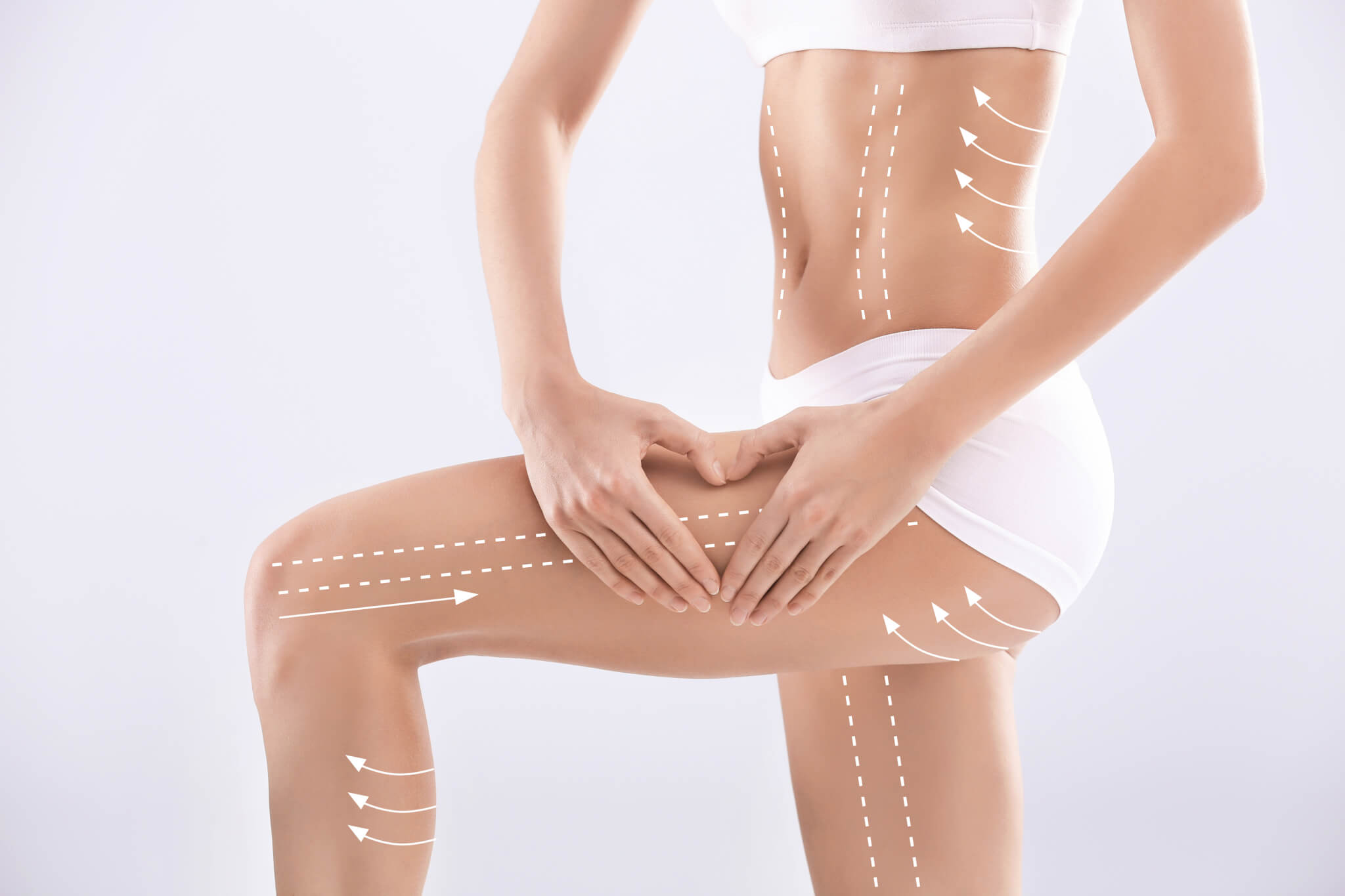CoolSculpting is a new innovative technology that uses extreme cold to freeze and break down the fat in desired areas of your body. Since the procedure does not require any cutting or anesthesia, the recovery time is minimal, allowing you to continue your regular activities almost immediately after each session.
With CoolSculpting offering a noninvasive solution, which in turn eliminates all the concerns involved with anesthesia, the risk of incisions leading to infection is foregone as well.
The only side effects posed by CoolSculpting are minor and should not last more than a few days to a week. You may feel some soreness and numbness in the treated area, but that is a normal response to the body adjusting to the extreme cold to which it was exposed. Some of these side effects related to CoolSculpting include slight bruising, red marks that should not last long, minor itching sensations, some swelling, and a tingling sensation in the skin.
The following are certain conditions that may make CoolSculpting unsafe for patients, and you guessed it, here we start dabbling in the hernia department:
- Pregnancy, or if you are looking to become pregnant
- Certain nerve conditions
- A weakened immune system
- Scarring in the area as a result of recent trauma
- Having a hernia in or close to the treated area
What is a Hernia?
Hernias happen when an organ breaks through a weakened muscle opening or tissue opening that is supposed to hold it in place. Most hernias are not overly severe or life-threatening, but you still need to address and treat them because they will not go away on their own. Some of the body parts where people commonly develop hernias are the abdomen, thighs, groin, and occasionally the lower back.
How Can You Treat a Hernia?
The size and location of your hernia will determine if you need medical intervention to remove it, or if you could take a different approach instead.
Some of the alternate solutions to surgery involve the following steps:
Start by avoiding foods or drinks that may cause heartburn, like spicy foods, substantial amounts of condiments, and heavy tomato-based sauces. One of the best things you can do to help treat a hernia, which will also accentuate CoolSculpting’s benefits in the future, is clean eating and constant exercise. These alone won’t make your hernia go away, but they will assist in reducing and containing their effects.
If you combine a new healthy lifestyle with prescription medication designed to treat hernias, the results will become exponentially better and faster.

Hernias and CoolSculpting
Body parts that have a hernia should not receive CoolSculpting. If the hernia is in a separate area of the body entirely unrelated to your procedure, then you should have no issues getting CoolSculpting done there. Make sure to disclose beforehand to the treating doctor that you have a hernia so you can go over your best options.

